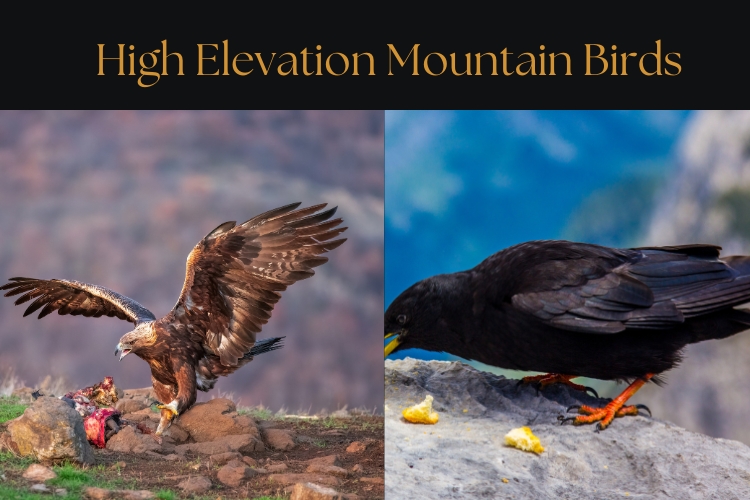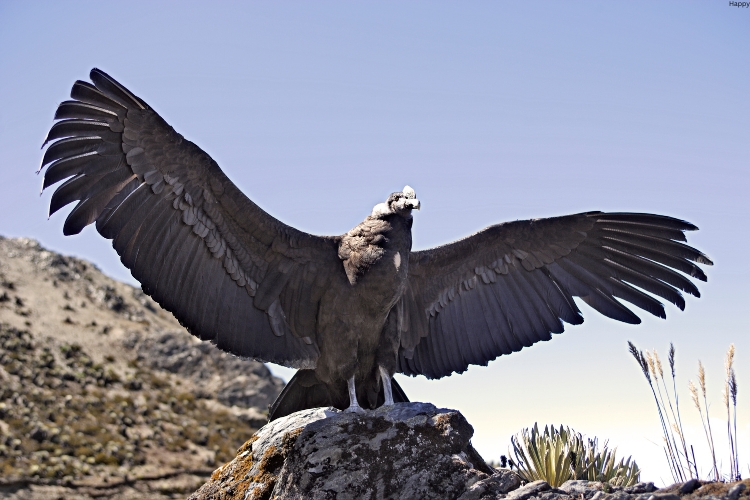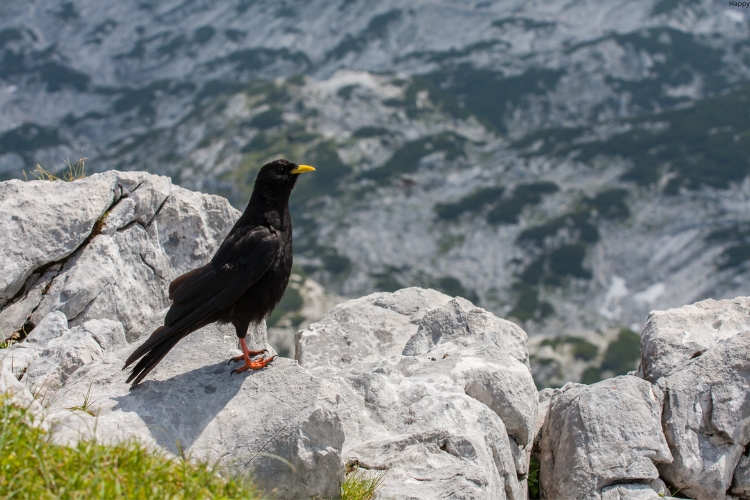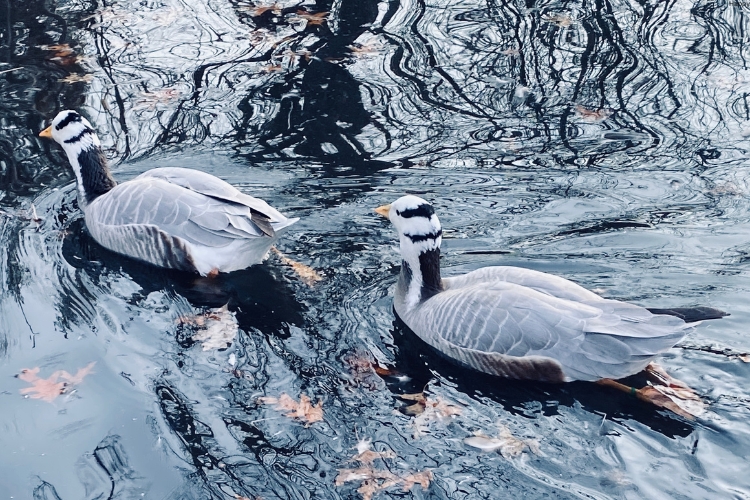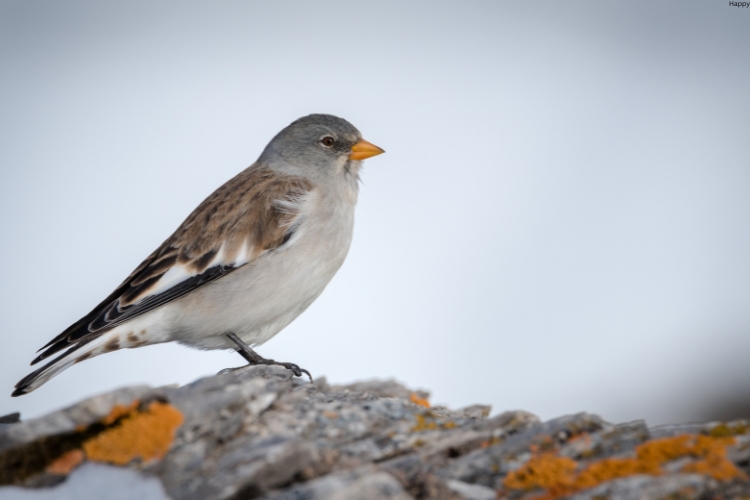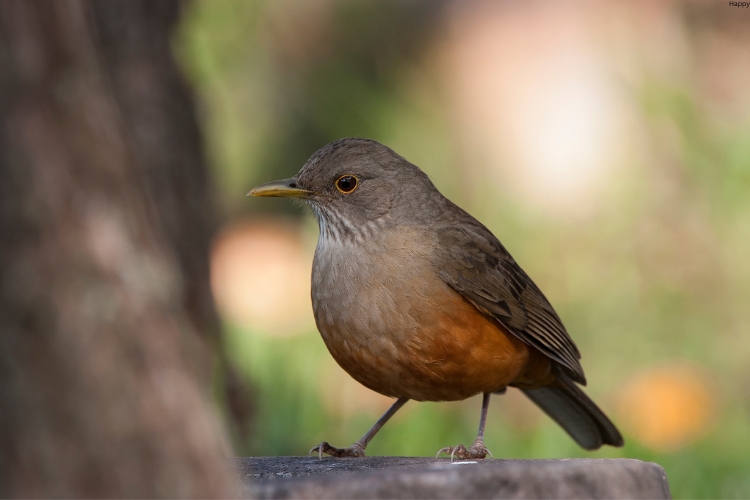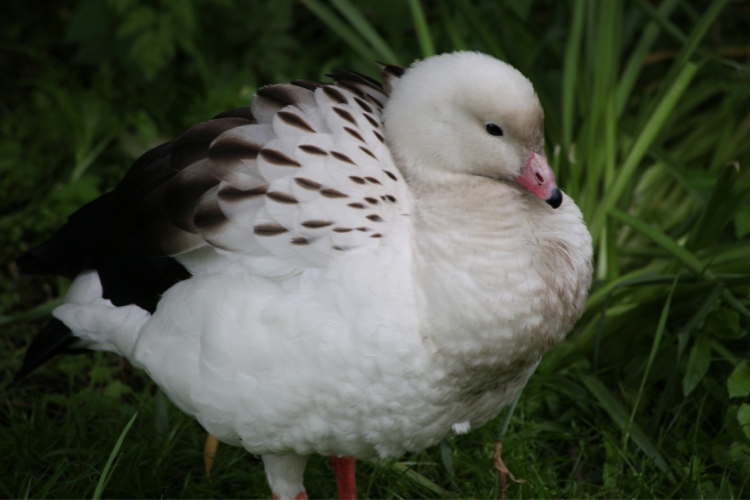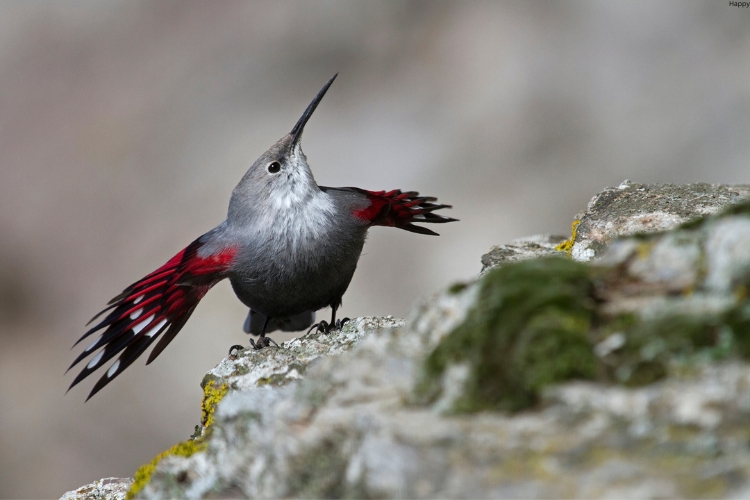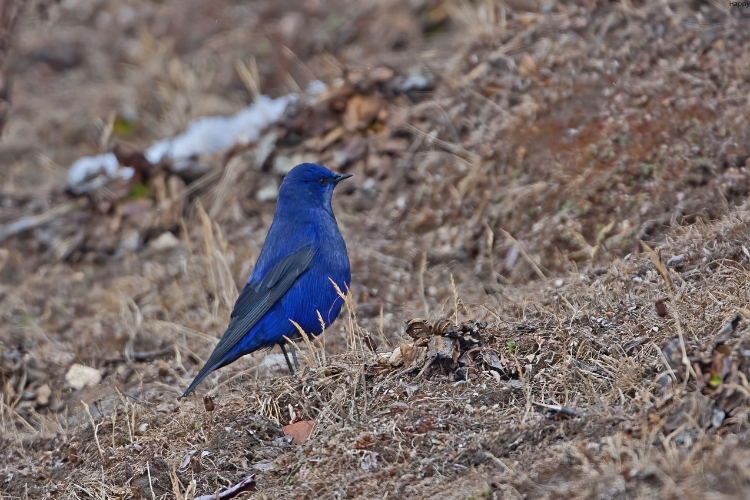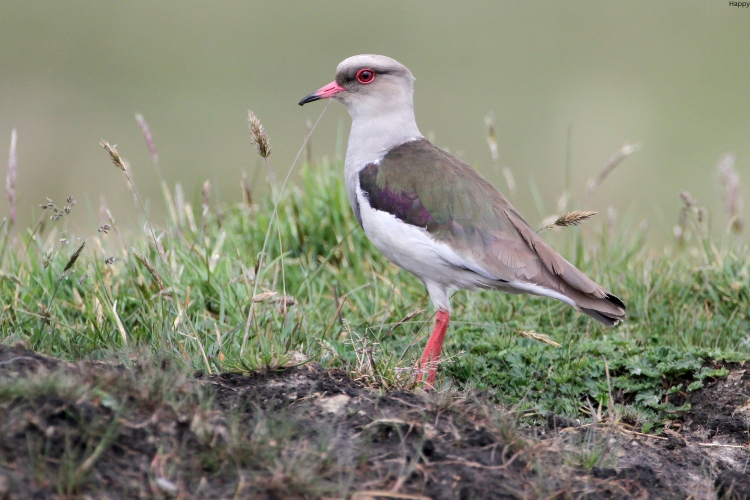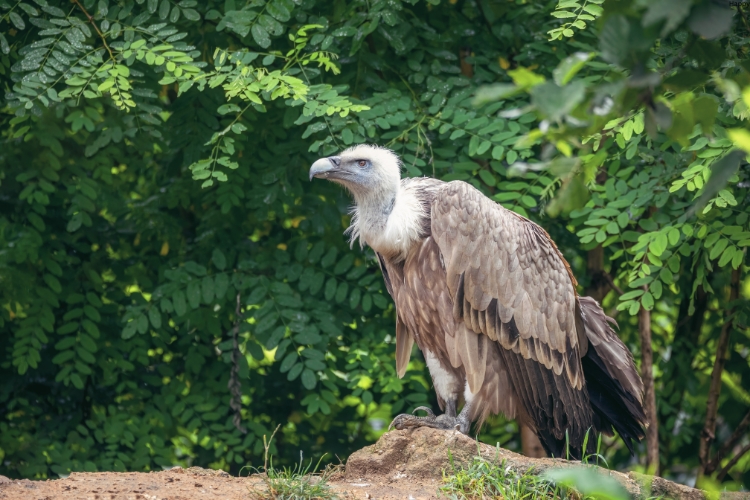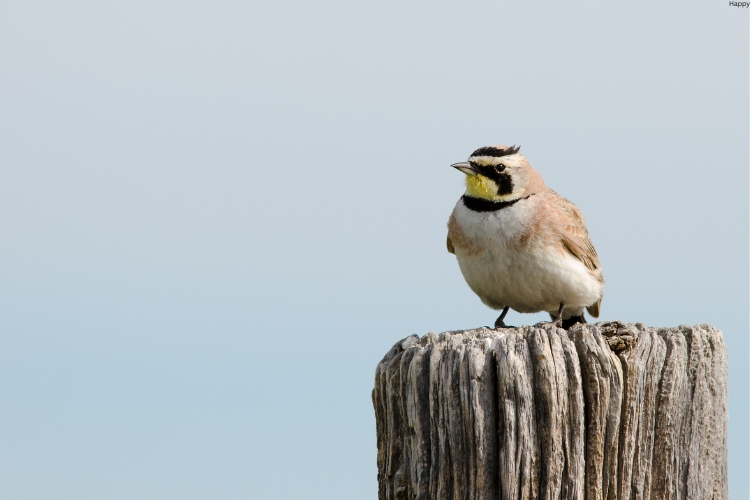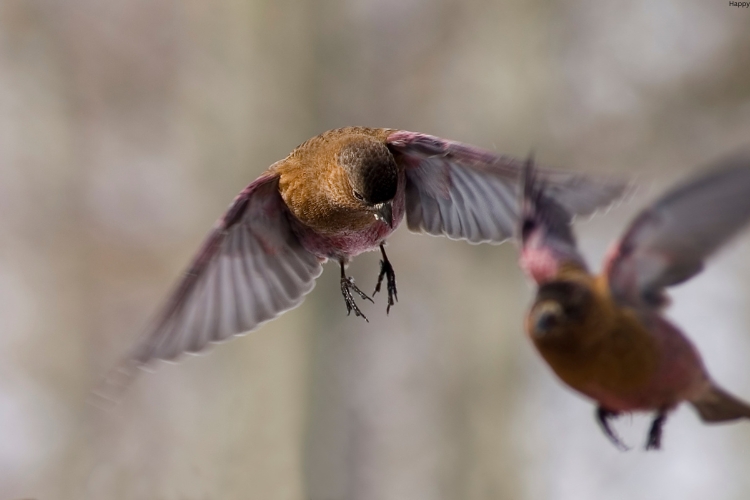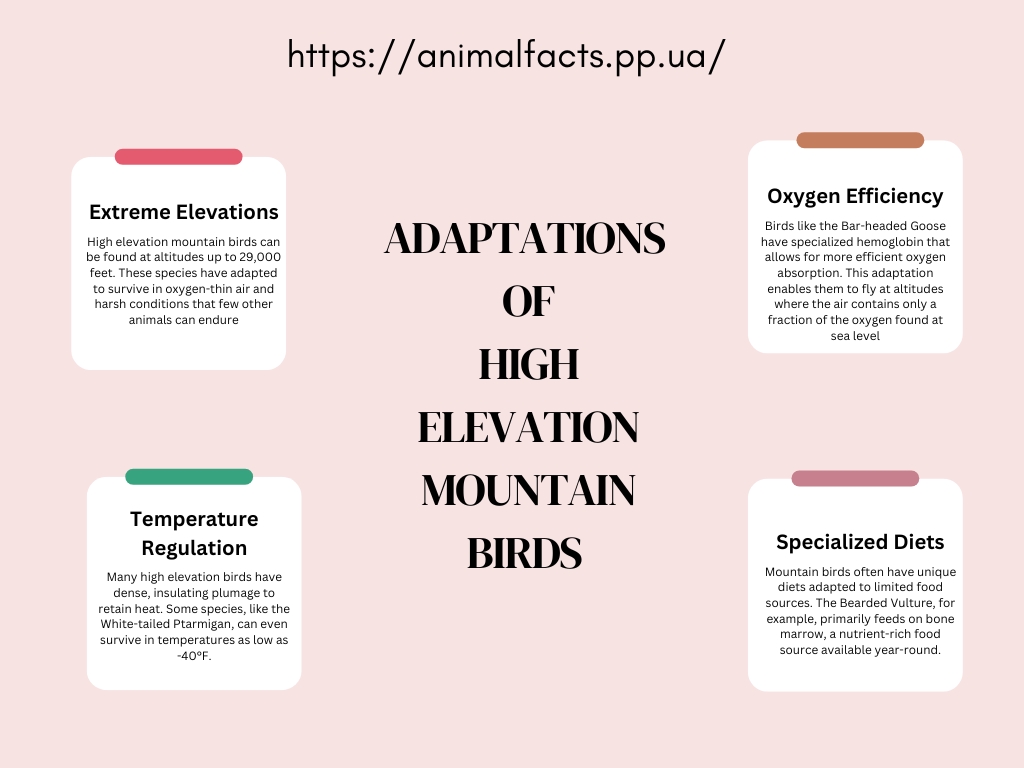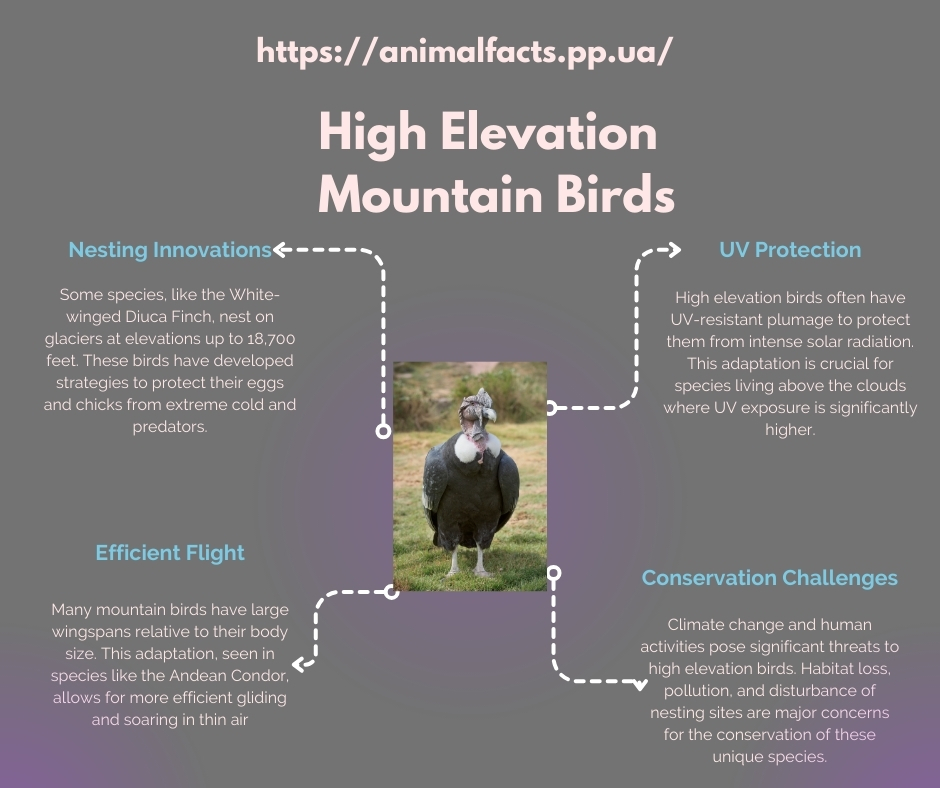High elevation mountain birds are some of nature’s most remarkable creatures, adapted to survive in harsh, oxygen-thin environments where few other species can thrive.
These avian marvels have evolved unique characteristics that allow them to soar above the world’s highest peaks, braving extreme temperatures and challenging conditions.
In this blog post, we’ll explore 25 fascinating high elevation mountain birds, delving into their adaptations, habitats, and behaviors.
Understanding High Elevation Habitats
Before we dive into our list of mountain birds, let’s briefly examine the unique challenges of high elevation environments:
- Low oxygen levels
- Extreme temperature fluctuations
- Strong winds
- Sparse vegetation
- Limited food sources
- Intense UV radiation
These factors have shaped the evolution of mountain birds, resulting in specialized adaptations that enable them to thrive where others cannot.
Top 25 High Elevation Mountain Birds
1. Andean Condor (Vultur gryphus)
The Andean Condor is one of the largest flying birds in the world, with a wingspan that can reach up to 10 feet. These majestic scavengers are found in the Andes Mountains of South America, soaring at elevations up to 16,000 feet.
Key features:
- Massive wingspan
- Bald head with a ruff of white feathers
- Excellent gliding ability
2. Golden Eagle (Aquila chrysaetos)
Golden Eagles are powerful predators found in mountainous regions across the Northern Hemisphere. They can be spotted at elevations up to 12,000 feet in some areas.
Key features:
- Large size with a wingspan of up to 7.5 feet
- Dark brown plumage with golden nape
- Exceptional hunting skills
3. Alpine Chough (Pyrrhocorax graculus)
The Alpine Chough is a member of the crow family, well-adapted to high mountain environments in Europe and Asia. These birds have been observed at elevations as high as 21,300 feet on Mount Everest.
Key features:
- Glossy black plumage
- Distinctive yellow beak
- Agile flyers capable of acrobatic maneuvers
4. Himalayan Snowcock (Tetraogallus himalayensis)
Native to the high mountains of Central Asia, the Himalayan Snowcock is a large game bird that thrives at elevations between 13,000 and 18,000 feet.
Key features:
- Camouflaged plumage blending with rocky terrain
- Strong legs adapted for traversing steep slopes
- Able to survive in extreme cold
5. Bar-headed Goose (Anser indicus)
Known for their incredible high-altitude migrations, Bar-headed Geese fly over the Himalayas at heights of up to 29,000 feet, making them one of the world’s highest-flying birds.
Key features:
- Distinctive white head with two black bars
- Specialized hemoglobin for efficient oxygen use
- Powerful wings for long-distance flight
6. Bearded Vulture (Gypaetus barbatus)
Also known as the Lammergeier, the Bearded Vulture is found in mountainous regions across Europe, Asia, and Africa. These unique birds are known to fly at elevations up to 24,000 feet.
Key features:
- Long, narrow wings for effortless soaring
- Diet consisting largely of bone marrow
- Distinctive “beard” of bristly feathers
7. White-winged Diuca Finch (Diuca speculifera)
This small finch holds the record for the highest-altitude nest of any bird species, with nests found at elevations up to 18,700 feet in the Andes Mountains.
Key features:
- Grayish-brown plumage with white wing patches
- Adapted to nesting on glaciers
- Able to withstand extreme cold and low oxygen levels
8. Tibetan Snowfinch (Montifringilla adamsi)
The Tibetan Snowfinch is a high-altitude specialist found in the mountains of Central Asia, typically at elevations between 13,000 and 19,000 feet.
Key features:
- Pale gray and white plumage
- Stout bill for foraging in rocky terrain
- Adapted to cold, arid environments
9. Alpine Accentor (Prunella collaris)
Found in mountainous regions across Europe and Asia, the Alpine Accentor is well-adapted to life at high elevations, often seen above the tree line.
Key features:
- Streaked brown plumage with a distinctive gray head
- Strong legs for hopping on rocky ground
- Able to survive harsh winter conditions
10. Rufous-bellied Snowfinch (Pyrgilauda ruficollis)
This small passerine bird is native to the high mountains of Central Asia, typically found at elevations between 13,000 and 17,000 feet.
Key features:
- Rufous throat and belly
- Adapted to foraging in snow and on rocky ground
- Nests in rock crevices or abandoned burrows
11. Yellow-billed Chough (Pyrrhocorax graculus)
Similar to its Alpine cousin, the Yellow-billed Chough is found in mountainous regions of Europe, North Africa, and Asia, often at elevations above 13,000 feet.
Key features:
- Glossy black plumage
- Distinctive yellow bill
- Highly social, often seen in large flocks
12. Andean Goose (Chloephaga melanoptera)
The Andean Goose is a high-altitude specialist found in the Andes Mountains of South America, typically at elevations between 10,000 and 16,000 feet.
Key features:
- White plumage with black wing feathers
- Adapted to walking on land more than swimming
- Nests on the ground near high-altitude lakes
13. White-tailed Ptarmigan (Lagopus leucura)
Found in the mountains of western North America, the White-tailed Ptarmigan is well-adapted to life in alpine and subalpine environments.
Key features:
- Changes plumage color seasonally for camouflage
- Feathered feet for walking on snow
- Can survive in temperatures as low as -40°F
14. Wallcreeper (Tichodroma muraria)
This unique bird is found in rocky mountain habitats across southern Europe and Asia, often seen climbing vertical cliff faces with its specialized feet and bill.
Key features:
- Distinctive crimson wings with black and white spots
- Long, curved bill for probing rock crevices
- Excellent climbing ability
15. Red-billed Chough (Pyrrhocorax pyrrhocorax)
Another member of the crow family, the Red-billed Chough is found in mountainous regions across Europe, North Africa, and Asia.
Key features:
- Glossy black plumage
- Distinctive red bill and legs
- Highly acrobatic flyer
16. Grandalas (Grandala coelicolor)
These striking birds are found in the high mountains of Central and South Asia, typically at elevations between 10,000 and 17,000 feet.
Key features:
- Males have vibrant blue plumage
- Females are brown with scaled pattern
- Adapted to foraging in snow and on rocky slopes
17. Himalayan Monal (Lophophorus impejanus)
Also known as the Impeyan Monal, this colorful pheasant is the national bird of Nepal and is found in the high mountains of the Himalayas.
Key features:
- Iridescent plumage with a distinct crest
- Strong legs for digging in soil and snow
- Able to survive in harsh alpine environments
18. Andean Lapwing (Vanellus resplendens)
This wader is found in the high Andes of South America, typically at elevations between 10,000 and 15,000 feet.
Key features:
- Black and white plumage with a green sheen
- Long legs for wading in shallow water
- Nests on the ground near high-altitude lakes and wetlands
19. Alpine Swift (Tachymarptis melba)
The Alpine Swift is a large swift species found in mountainous regions across Europe, Africa, and Asia, often seen flying at very high altitudes.
Key features:
- Long, scythe-shaped wings for effortless gliding
- White belly with brown upper parts
- Spends most of its life on the wing
20. Himalayan Vulture (Gyps himalayensis)
One of the largest Old World vultures, the Himalayan Vulture is found in the mountains of Central Asia, often at elevations above 15,000 feet.
Key features:
- Massive wingspan of up to 10 feet
- Pale plumage with dark flight feathers
- Highly efficient soaring ability
21. White-throated Dipper (Cinclus cinclus)
While not exclusively a high-altitude species, the White-throated Dipper is often found along fast-flowing mountain streams at elevations up to 16,000 feet.
Key features:
- Aquatic lifestyle, able to walk underwater
- Dark plumage with a white throat
- Adapted to cold mountain streams
22. Horned Lark (Eremophila alpestris)
The Horned Lark is a widespread species found in open habitats, including high-elevation alpine meadows in many mountain ranges.
Key features:
- Distinctive “horns” of feathers on head
- Pale brown plumage with black and yellow face markings
- Adapted to ground-dwelling in open areas
23. Water Pipit (Anthus spinoletta)
The Water Pipit is found in mountainous regions across Europe and Asia, often breeding in high-altitude meadows above the tree line.
Key features:
- Streaked brown plumage
- Long hind claw for walking on uneven ground
- Breeds in alpine and subalpine habitats
24. Rosy Finch (Leucosticte tephrocotis)
Rosy Finches are found in the high mountains of western North America, often at elevations above 10,000 feet.
Key features:
- Distinctive pink coloration on wings and rump
- Adapted to foraging on snow and ice
- Nests in rock crevices at high elevations
25. Snow Partridge (Lerwa lerwa)
The Snow Partridge is found in the high mountains of Central and South Asia, typically at elevations between 10,000 and 17,000 feet.
Key features:
- Barred black and white plumage
- Strong legs for traversing steep, rocky slopes
- Well-adapted to cold, snowy environments
Adaptations of High Elevation Mountain Birds
High elevation mountain birds have developed numerous adaptations to thrive in their challenging environments. Here’s a table summarizing some key adaptations:
| Adaptation | Function | Example Species |
|---|---|---|
| Increased hemoglobin | Improved oxygen absorption | Bar-headed Goose |
| Larger wing area | Enhanced lift in thin air | Andean Condor |
| Insulating plumage | Heat retention | Himalayan Snowcock |
| Nasal salt glands | Conserve water | Alpine Accentor |
| Reduced metabolic rate | Energy conservation | White-winged Diuca Finch |
| UV-resistant plumage | Protection from intense sunlight | Bearded Vulture |
| Strong leg muscles | Traverse steep terrain | Snow Partridge |
Conservation Challenges
Many high elevation mountain birds face significant conservation challenges, including:
- Habitat loss due to climate change
- Human encroachment on mountain ecosystems
- Pollution and pesticide use affecting food sources
- Illegal hunting and poaching
- Disturbance of nesting sites by recreational activities
Conservation efforts are crucial to ensure the survival of these unique and remarkable species.
Conclusion
High elevation mountain birds are a testament to the incredible adaptability of nature. From the massive Andean Condor soaring above the Andes to the tiny White-winged Diuca Finch nesting on glaciers, these birds have found ways to thrive in some of the world’s most challenging environments.
By understanding and appreciating these remarkable creatures, we can better appreciate the diversity of life on our planet and the importance of preserving mountain ecosystems for future generations.
As we continue to study and protect these high-flying marvels, we unlock new insights into avian biology, evolution, and the delicate balance of mountain ecosystems.
The 25 species highlighted in this article represent just a fraction of the incredible diversity of high elevation mountain birds, each with its own unique adaptations and behaviors waiting to be discovered and understood.

